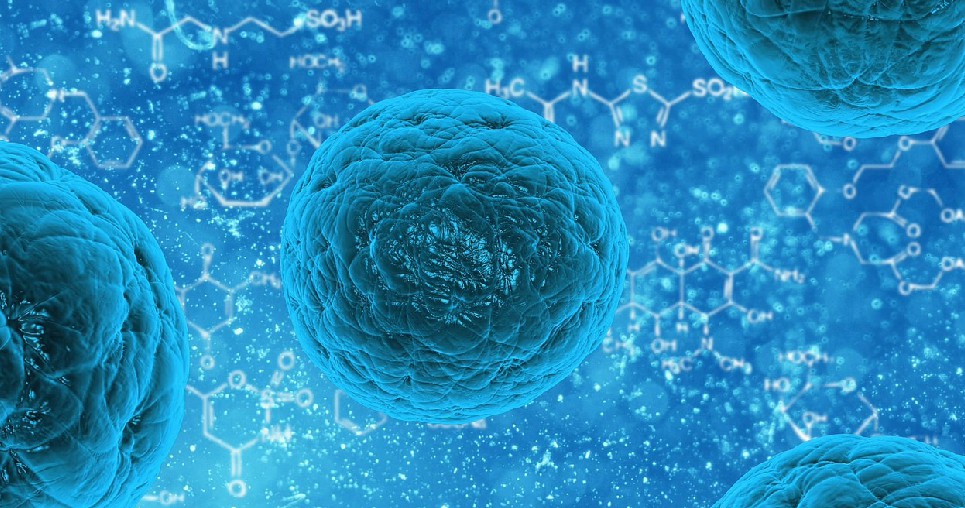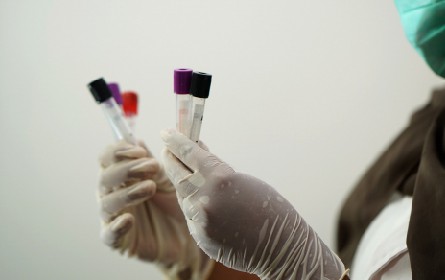The four kinds of viral vectors which most use in gene therapy

What is the viral vectors?
Using a virus as a vector is to take out the gene of the virus and then implant the target gene in the virus again. As the delivery role of the therapeutic gene, and deliver it to the cell, infect the virus and replicate the gene to repair the patient's mutation or defect Gene.Since viruses are often used as vectors for gene therapy, but there are thousands of known types of viruses, which viruses are suitable as therapeutic vectors?
Further reading: What is gene therapy?
Here are four kinds of viruses and their characteristics:
Retroviral (RV):
As the first viral vector used in gene therapy, and also a clinical trial with success used to treat ADA deficiency in history, but Retroviral can only infect dividing cells, so it cannot be used to treat non-dividing cells, such as brain nerve cells. In addition, Retroviral may be inserted into the wrong chromosomes to cause mutations, cancer, and other diseases.
Lentivirus (LV):
It is a genus of the Retroviral family, but the Lentivirus vector may produce replication-competent Lentivirus during the manufacturing process. If the insertion site is adjacent to or located in the original oncogene, it may cause tumors or cancer, so it is necessary to carefully evaluate and perform replication-capable lentivirus testing during the manufacturing process.
Since Lentivirus and Retroviral vectors can carry larger RNA genetic material, then converted into DNA, the ability of the vector to integrate into the cell genome makes Lentivirus and Retroviral vectors become the most suitable for dividing cells, and suitable for EX Vivo gene therapy.
Adenovirus (AV):
Adenovirus can infect both dividing or non-dividing cells. This is one of the reasons why it is superior to Retroviral. However, the genes of the virus may cause severe symptoms of Immune response, inflammation, and even shock in patients. This also causes the Adenovirus vector to be easily eliminated by the immune system as soon as it is implanted in the recipient. This is the biggest problem encountered in the development of Adenovirus vectors. The third-generation Adenovirus vector has already eliminated the pathogenicity gene of the virus during purification. This program has not only to reduces the immune response of the virus but also prolongs the expression time of the virus in the human body.
Adeno-associated viruses (AAV):
The adeno-associated virus (AAV) not only has the characteristics of Retroviral (RV) but also has the ability of Adenovirus (AV). It will not randomly insert into chromosomes to cause mutations, and it is not pathogenic, so it will not produce possible side effects like Adenovirus. It is worth noting that during the process of preparation of the AAV vector, It must be used Adenovirus as a helper virus to provide the necessary protein for it. Therefore, the steps to inactivate the helper virus must be designed in the process to ensure that the vector does not contain adenovirus
Further reading:How to prepare adeno-associated viruses (AAV) vectors?
Further reading:What Bio-buffers and Bio-detergents are suitable for the purification process of viral vectors?
Other viral and non-viral vectors
In addition to using the above viruses as viral vectors, there are other viral vectors that can be used, such as the Herpes virus (HSV), which is under research and development, but it still has doubts in the application of it. More scholars are studying the use of Non-viral vectors, such as Naked DNA, Liposome-mediated gene transfer, DNA-complex, and Oligonucleotides. Use the Non-viral vector as a gene therapy vector hope to provide a safer method of gene delivery. However, non-viral vectors still have plastid DNA that cannot be quickly separated from the endosome, which causes the DNA to be decomposed. The bottleneck needs to be broken.
Reference:
[1] Viral vectors: from virology to transgene expression: https://www.ncbi.nlm.nih.gov/pmc/articles/PMC2629647/
[2] The challenge of vector development in gene therapy: https://www.scielo.br/scielo.php?script=sci_arttext&pid=S0100-879X1999000200001
[3] A Guide to Approaching Regulatory Considerations for Lentiviral-Mediated Gene Therapies: https://www.liebertpub.com/doi/full/10.1089/hgtb.2017.096#:~:text=Specifically%2C%20lentiviruses%20can%20deliver%20up,achieve%20long%2Dterm%20stable%20expression.
[4] Viral Vectors in Gene Therapy : https://www.ncbi.nlm.nih.gov/pmc/articles/PMC6023384/
[5] Gene Therapy Leaves a Vicious Cycle: https://www.frontiersin.org/articles/10.3389/fonc.2019.00297/full
[6] Lentiviral vectors in gene therapy: their current status and future potential: https://pubmed.ncbi.nlm.nih.gov/20143172/
[7] 病毒載體之基因治療產品於化學 製造管制研發策略指導原則: https://www.cde.org.tw/Content/Files/Knowledge/dcda94ec-bf1f-4846-84c3-fddbab0a5268.pdf
[8] 病毒載體之基因治療產品於化學 製造管制研發策略指導原則: https://www.cde.org.tw/Content/Files/Knowledge/dcda94ec-bf1f-4846-84c3-fddbab0a5268.pdf
[9] 藉由修飾腺相關病毒 VP1-3 建立胜肽導引式基因傳遞系統 : 國立交通大學 生物科技學院生化工程研究所
[10] 基因治療產品化學製造管制研發指引 : 黃豐淳 博士
[11] 基因治療:黃麗華 教授; 台大醫院肝炎研究中心
[12] 基因治療:黃麗華 教授; 台大醫院肝炎研究中心
ВАМ ТАКЖЕ МОЖЕТ ПОНРАВИТЬСЯ
-
Biopharmaceutical
 What Bio-buffers and Bio-detergents are suitable for the purification process of viral vectors?
2021.03.19
To obtain higher yields and purer virus preparations, much research indicates shown that selecting suitable biological....The following is the list of ...
What Bio-buffers and Bio-detergents are suitable for the purification process of viral vectors?
2021.03.19
To obtain higher yields and purer virus preparations, much research indicates shown that selecting suitable biological....The following is the list of ...
-
Biopharmaceutical
 What is gene therapy?
2021.03.17
When it comes to gene therapy, we must start with Viruses.....
What is gene therapy?
2021.03.17
When it comes to gene therapy, we must start with Viruses.....
-
Biopharmaceutical
 How to prepare adeno-associated viruses (AAV) vectors?
2021.03.16
The preparation process of adeno-associated virus vector: Step1. Plasmid development and production. Step2. Cell expansion, plasmid transfection & viral vector production..
How to prepare adeno-associated viruses (AAV) vectors?
2021.03.16
The preparation process of adeno-associated virus vector: Step1. Plasmid development and production. Step2. Cell expansion, plasmid transfection & viral vector production..